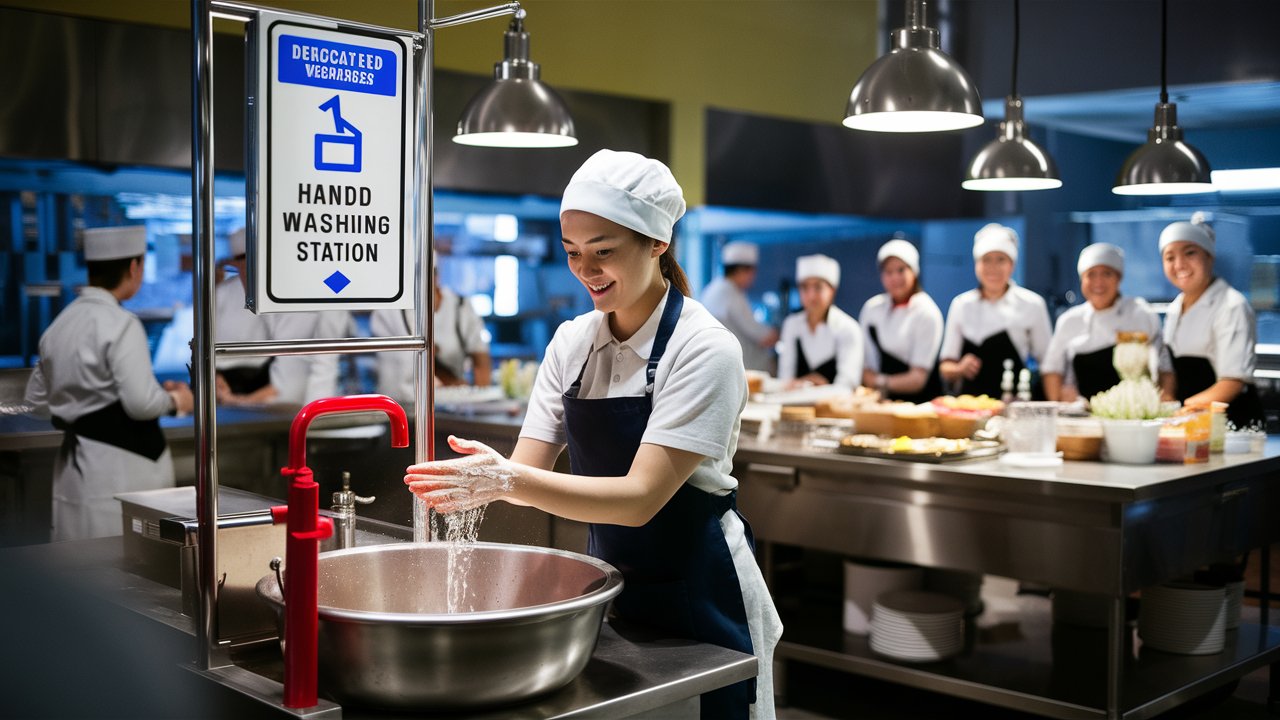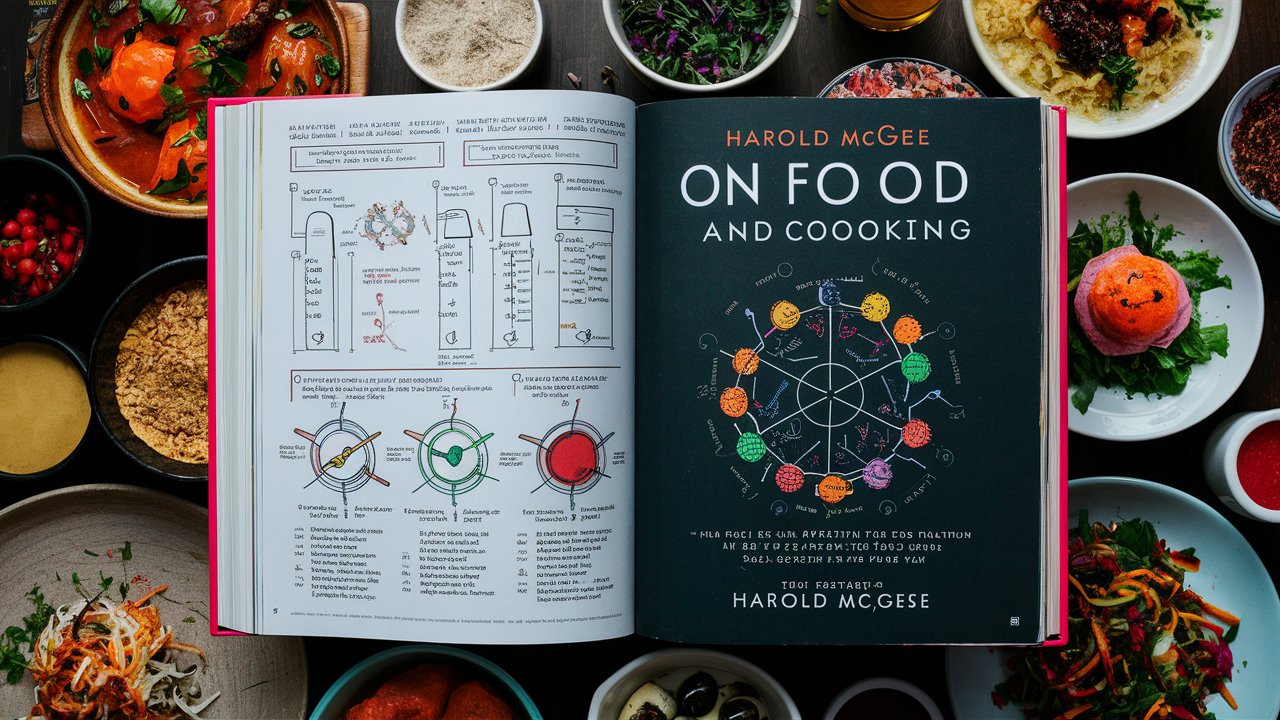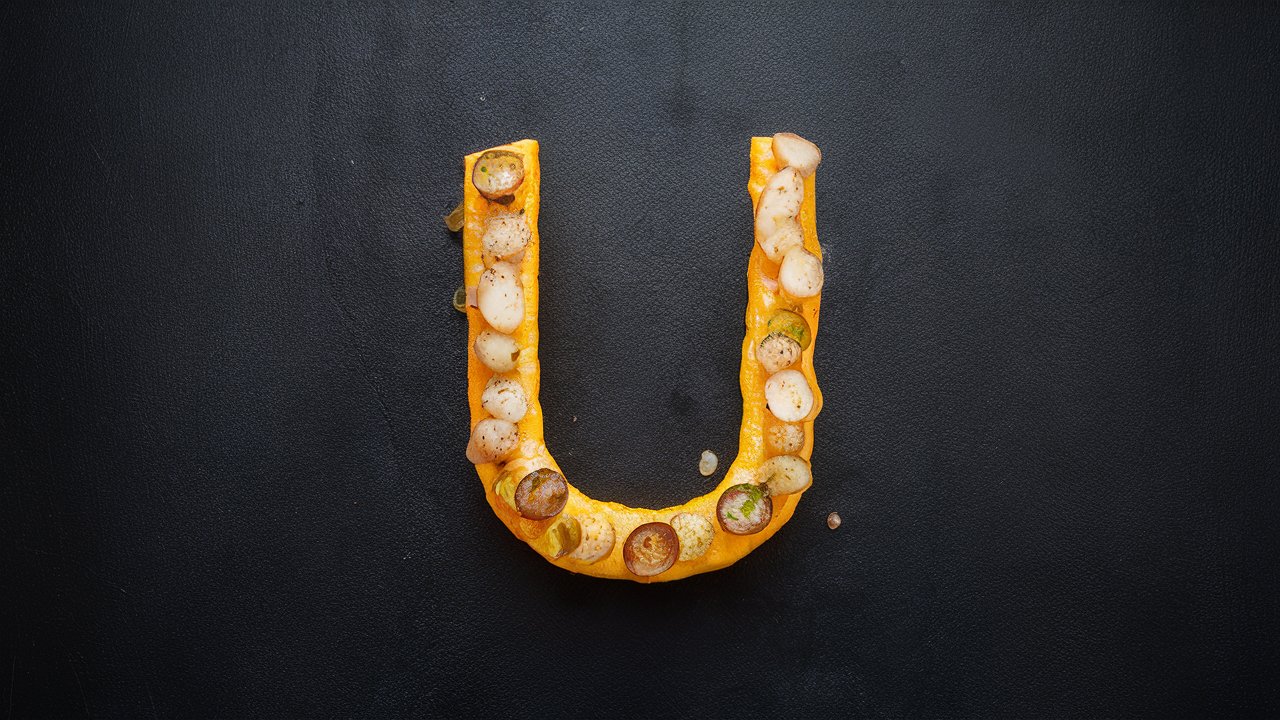Table of Contents
Maintaining proper hygiene is essential in the food service industry, and one crucial aspect is ensuring clean hands. But where can a food worker wash her hands safely to prevent contamination? This article will uncover the key places, methods, and hygiene practices every food worker should know. By the end, you’ll be equipped with expert tips to keep customers and workplaces safe.
The Importance of Handwashing in Food Safety
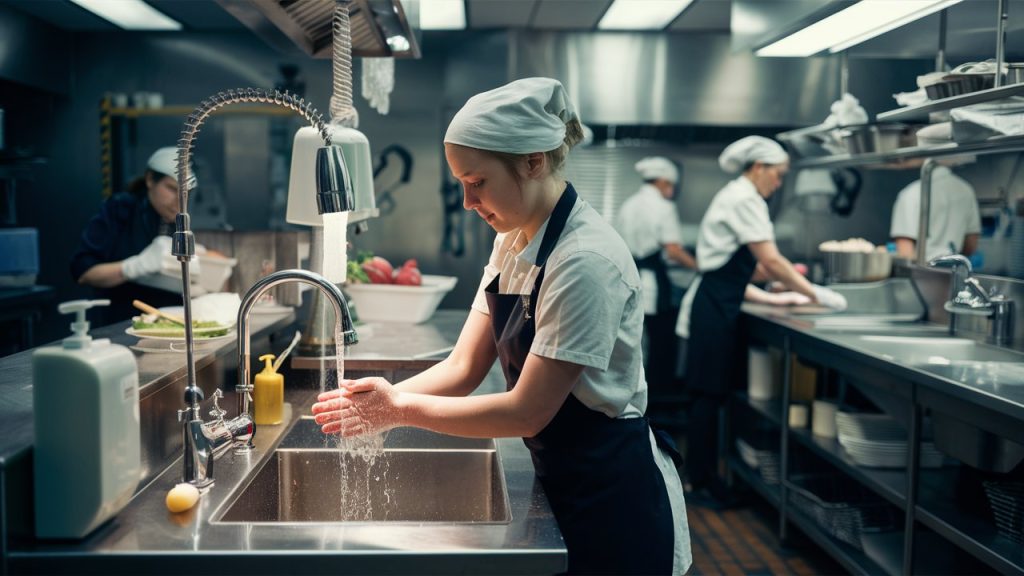
Where can a food worker wash her hands? Handwashing is more than a routine task—it’s a critical practice that helps prevent the spread of harmful bacteria and viruses. Clean hands ensure the food remains uncontaminated and safe in any food service environment.
Why Does It Matter?
Where can a food worker wash her hands and handle various ingredients, utensils, and surfaces that can become contaminated? Failing to wash hands can transfer germs to food, putting customers at risk of illness. Proper handwashing is the primary line of protection against foodborne infections.
Where can a food worker wash her hands?
The answer to where a food worker can wash her hands lies in designated handwashing stations expressly set up to meet health and safety guidelines. Let’s explore the key locations and setups in food service establishments.
Designated Handwashing Sinks
Where can a food worker wash her hands? The establishment is required to provide easily accessible handwashing sinks. These sinks should be in kitchens, food prep zones, and dishwashing sections. Importantly, these sinks are not meant for food preparation or washing equipment but exclusively for handwashing.
Restrooms and Employee-Only Areas
Restrooms are familiar places for washing hands, but food workers should know their limitations. While restrooms are equipped with soap and running water, they should not be the sole place for handwashing. Employees should always rewash their hands at designated handwashing sinks before returning to food prep areas.
Mobile and Temporary Food Stations
Handwashing becomes more challenging in mobile kitchens or temporary food setups. Portable handwashing stations with soap, water, and disposable towels must be portable. Where can a food worker wash her? These measures help ensure that hygiene remains a priority, even in less permanent settings.
Steps to Proper Handwashing
Knowing where a food worker can wash her hands is vital, but understanding how to wash her hands effectively is equally important. Let’s break down the key steps.
Step 1: Wet Hands with Warm Water
Begin by thoroughly wetting your hands with warm water. Cold water may be less effective in removing grease or bacteria while boiling water can cause skin irritation.
Step 2: Apply Soap and Lather
Rub your hands with a generous amount of soap to create a lather. Be sure to cover all areas, including the back of the hands, between fingers, and under nails.
Step 3: Scrub for at Least 20 Seconds
Scrubbing for a full 20 seconds is crucial. This duration ensures that germs are loosened and removed. A helpful tip is to sing the “Happy Birthday” song twice to time your wash.
Step 4: Rinse Thoroughly
Rinse your hands under running water to remove all soap and contaminants. Direct the water from your wrists to your fingertips to effectively wash away everything.
Step 5: Dry Hands with a Disposable Towel
Drying hands with a clean, disposable towel is the safest option. Reusable towels can harbor germs and should be avoided in food-handling areas.
Common Handwashing Mistakes and How to Avoid Them
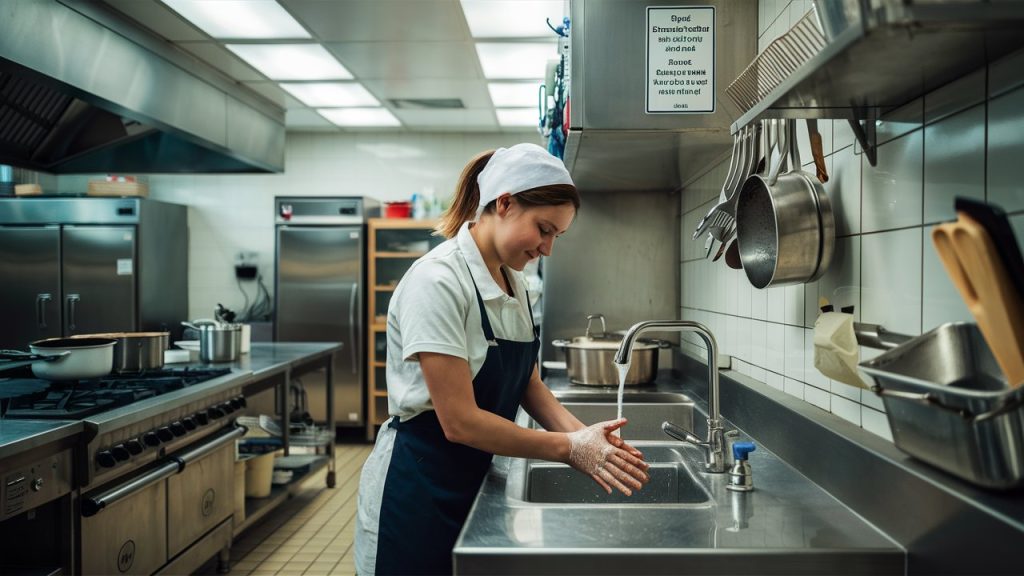
Even with the best intentions, food workers can make mistakes regarding hand hygiene. Here are a few common mistakes and how to avoid them.
Skipping Handwashing After Handling Raw Ingredients
Handling raw meat, poultry, or eggs can leave harmful bacteria like salmonella on your hands. Always wash your hands immediately after touching these items to prevent cross-contamination.
Using Hand Sanitizers as a Replacement
Although hand sanitizers are practical, appropriate handwashing should always come first. Sanitizers are less effective at removing dirt, grease, and certain types of germs. Use them as an additional step, not as a substitute.
Not Drying Hands Properly
Leaving hands damp after washing can encourage bacteria growth. Dry your hands thoroughly using a single-use towel, focusing on the areas between your fingers.
When should food workers wash their hands?
Understanding where a food worker can wash her hands is essential, but knowing when to wash her hands is equally critical. Here are key moments when handwashing is necessary:
- Before starting food prep: Always wash your hands before handling food to ensure a clean start.
- After using the restroom: Restroom germs are among the most dangerous, making it vital to wash hands before returning to work.
- After touching your face, hair, or clothing: These actions can transfer dirt and oils to your hands, contaminating food.
- After handling trash or cleaning chemicals: Washing hands prevents harmful residues from affecting food safety.
- After handling money or touching communal surfaces: These surfaces can carry high levels of germs that should not be transferred to food prep areas.
Ensuring Compliance with Hygiene Standards
Food establishments must actively ensure that all employees are following proper handwashing protocols. Let’s explore some ways to maintain high hygiene standards.
Provide Regular Training
Regular hand hygiene training sessions are essential. Employees should be reminded where a food worker can wash her hands and how to do so correctly. Training should be consistent and updated as needed.
Install Clear Signage
Visible signs near handwashing stations serve as constant reminders for employees. These signs can include instructions on proper handwashing steps and highlight the importance of hygiene.
Conduct Regular Audits
Managers and supervisors should ensure that handwashing stations are adequately equipped and employees follow hygiene practices. Audits help identify any gaps and provide opportunities for improvement.
Also read: Who Was the Julia Child of Chinese Food? Uncover the Legendary Chef Who Changed Chinese Cooking Forever.
Knowing where a food worker can wash her hands is essential for maintaining food safety and hygiene. Handwashing might seem simple, but it’s a powerful tool in protecting public health. Make it a habit, follow the guidelines, and prioritize cleanliness in every aspect of food service.

